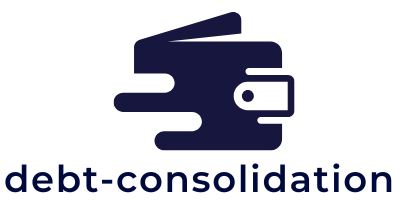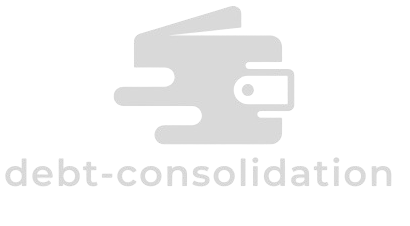Credit Card Refinancing vs. Debt Consolidation
If you have high-interest credit card debt and want a strategy to pay it off, two common approaches are credit card refinancing and debt consolidation. Both involve replacing your current debt with a new loan or credit card — ideally at a lower interest rate — but they work in different ways.
Key Takeaways
- Credit card refinancing: Moves existing debt to a new card with a lower rate (sometimes 0% for a limited time).
- Debt consolidation: Combines multiple debts into a single loan with one monthly payment.
- Refinancing is better for smaller debts that can be paid quickly.
- Consolidation works well for larger debts where a structured plan is needed.
- Your choice should depend on your credit score, debt amount, and financial situation.
What Is Credit Card Refinancing?
Credit card refinancing means transferring your balance from one or more high-interest credit cards to another card with a lower interest rate.
The most common option is a balance transfer card, which may offer a promotional 0% APR for a limited period (often 6–18 months). If you can pay off the balance before that period ends, you can save a significant amount in interest.
Pros
- Possible access to 0% or very low APR for a limited time.
- Can reduce the amount of interest you pay overall.
- May simplify bills if you combine several balances into one card.
- On-time payments may help your credit score.
Cons
- Promotional rates are temporary. Once the period ends, the interest rate can rise sharply.
- Balance transfers usually come with a fee (around 3%–5%).
- Good to excellent credit is often required.
- Applying for a new card may temporarily lower your credit score.
Who It’s Best For
Refinancing can be a good choice if you have a smaller debt or several credit card balances, qualify for a promotional low-interest card, and are confident you can pay off the balance before the promotional rate ends.
What Is Debt Consolidation?
Debt consolidation combines multiple credit card balances or other loans into a single new loan. This is usually done with a personal loan, sometimes called a debt consolidation loan.
The main benefit is simplicity: instead of juggling several payments with different interest rates, you have just one payment and one fixed rate.
Pros
- Simplifies debt management by combining multiple bills into one payment.
- Fixed monthly payments help you stay on track until the loan is fully repaid.
- Many personal loans have fixed rates, so your payments won’t change.
Cons
- Approval and interest rate depend heavily on your credit history.
- May include extra costs, such as loan origination fees.
- Best rates usually require good credit.
Who It’s Best For
Debt consolidation is often more suitable for people with larger debts who need a clear, structured repayment plan and want predictable payments.

